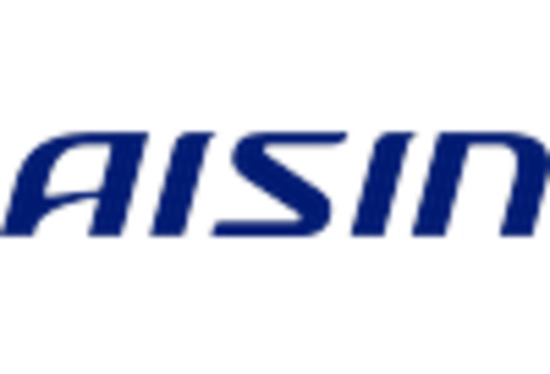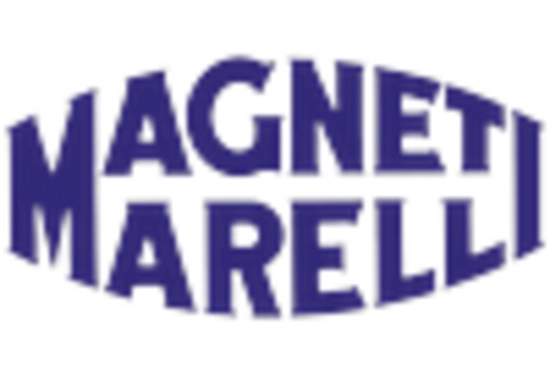The VVT Actuators Market is currently characterized by a dynamic competitive landscape, driven by technological advancements and increasing demand for fuel-efficient vehicles. Key players such as Bosch (Germany), Denso (Japan), and Valeo (France) are at the forefront, each adopting distinct strategies to enhance their market positioning. Bosch (Germany) emphasizes innovation in its product offerings, focusing on advanced VVT technologies that improve engine performance and reduce emissions. Denso (Japan), on the other hand, is heavily investing in partnerships with automotive manufacturers to integrate its VVT actuators into next-generation vehicles, thereby solidifying its market presence. Valeo (France) is pursuing a strategy of regional expansion, particularly in emerging markets, to capitalize on the growing automotive sector in those regions. Collectively, these strategies contribute to a competitive environment that is increasingly focused on technological innovation and market responsiveness.
In terms of business tactics, companies are localizing manufacturing to reduce costs and enhance supply chain efficiency. This approach is particularly evident in the VVT Actuators Market, which is moderately fragmented, with several players vying for market share. The collective influence of key players shapes the market structure, as they engage in strategic collaborations and optimize their supply chains to meet the evolving demands of the automotive industry.
In August 2025, Bosch (Germany) announced the launch of a new line of VVT actuators designed specifically for hybrid vehicles. This strategic move is significant as it aligns with the growing trend towards electrification in the automotive sector, positioning Bosch as a leader in the hybrid vehicle market. The introduction of these actuators is expected to enhance fuel efficiency and performance, thereby attracting a broader customer base.
In September 2025, Denso (Japan) expanded its partnership with a major automotive manufacturer to co-develop advanced VVT systems that utilize artificial intelligence for real-time performance optimization. This collaboration underscores Denso's commitment to integrating cutting-edge technology into its products, potentially setting a new standard for VVT actuators in the industry. The strategic importance of this partnership lies in its potential to enhance vehicle performance and reduce emissions, aligning with global sustainability goals.
In July 2025, Valeo (France) completed the acquisition of a small tech firm specializing in smart actuator technology. This acquisition is pivotal as it allows Valeo to enhance its product portfolio with innovative solutions that cater to the increasing demand for smart automotive technologies. By integrating these capabilities, Valeo is likely to strengthen its competitive edge in the VVT actuators market, particularly in the context of the growing trend towards automation and connectivity in vehicles.
As of October 2025, the competitive trends in the VVT Actuators Market are increasingly defined by digitalization, sustainability, and the integration of artificial intelligence. Strategic alliances among key players are shaping the landscape, fostering innovation and enhancing product offerings. Looking ahead, it appears that competitive differentiation will evolve from traditional price-based competition to a focus on technological innovation, reliability in supply chains, and the ability to meet sustainability targets. This shift suggests that companies that prioritize R&D and strategic partnerships will likely emerge as leaders in the VVT actuators market.



















Leave a Comment